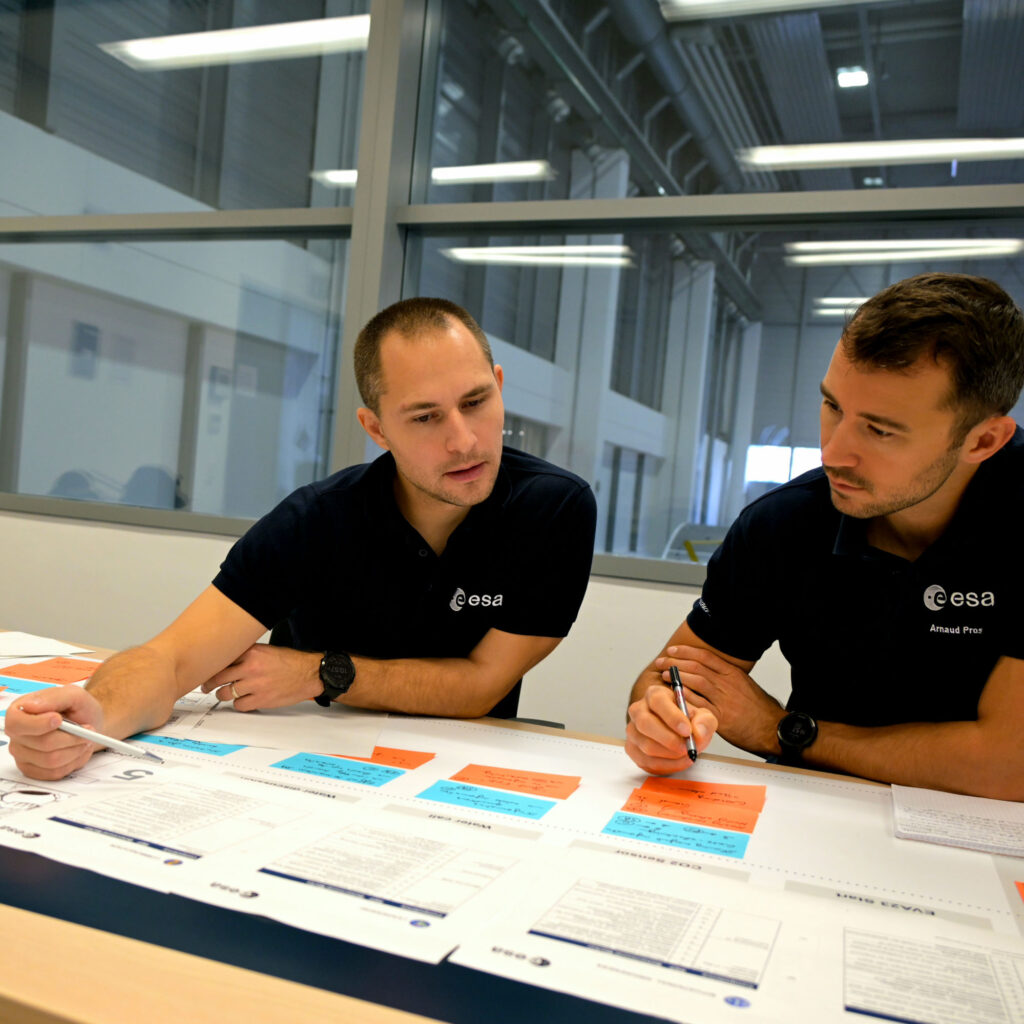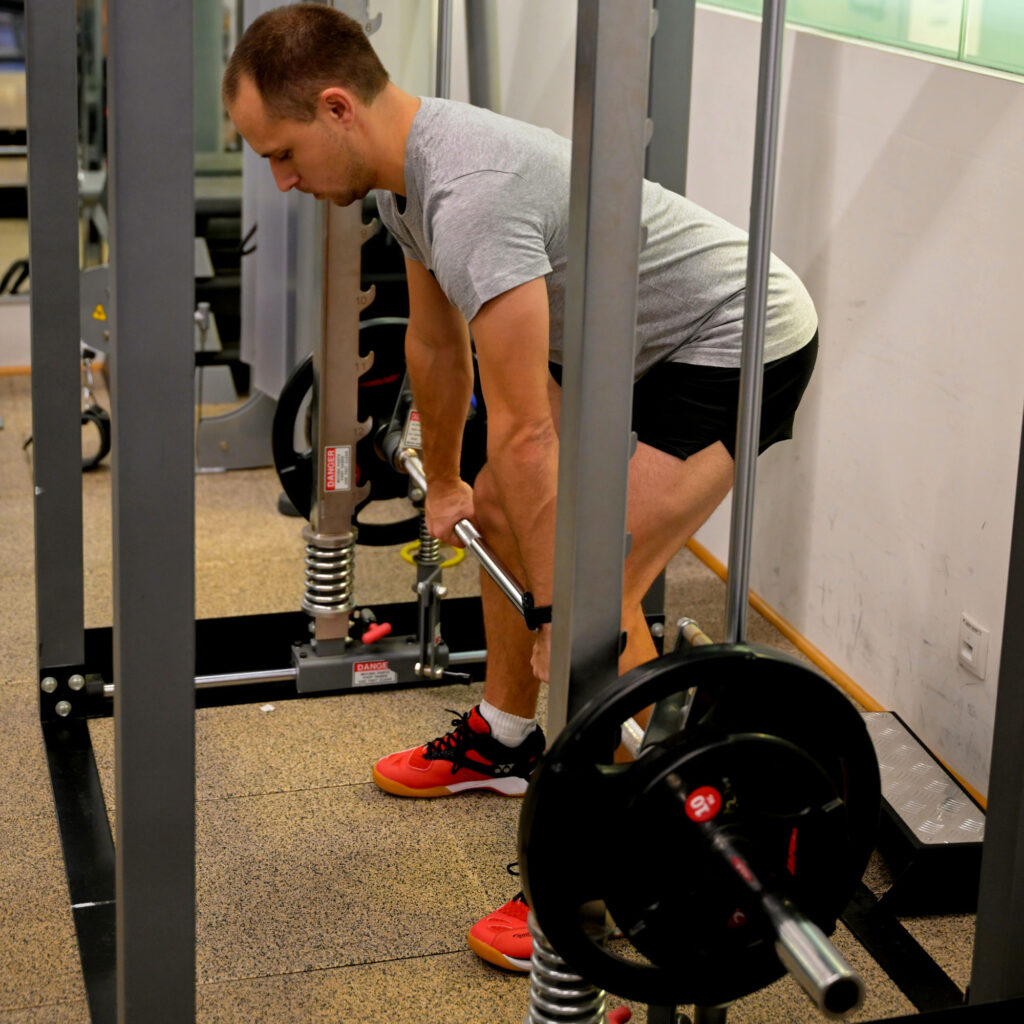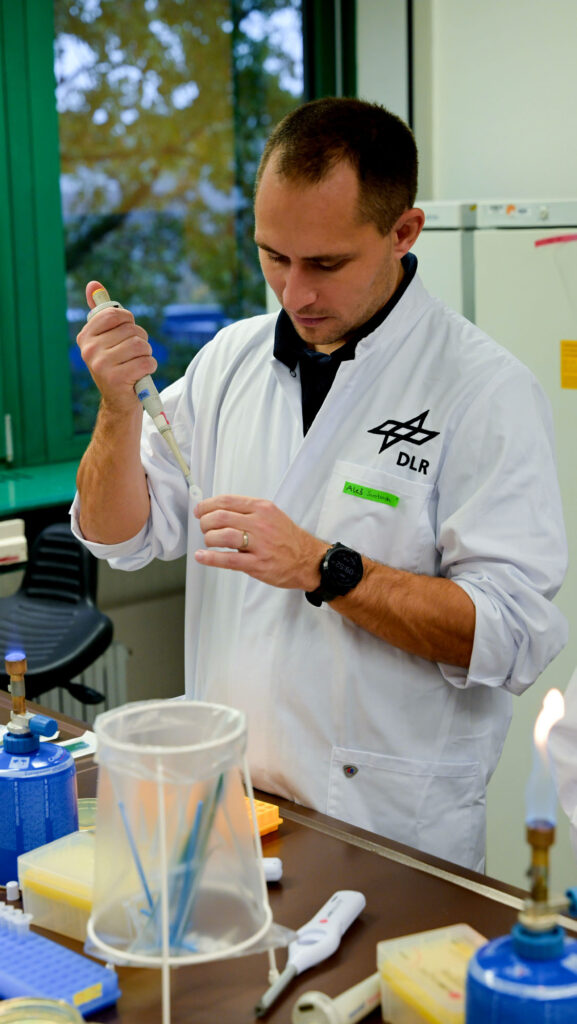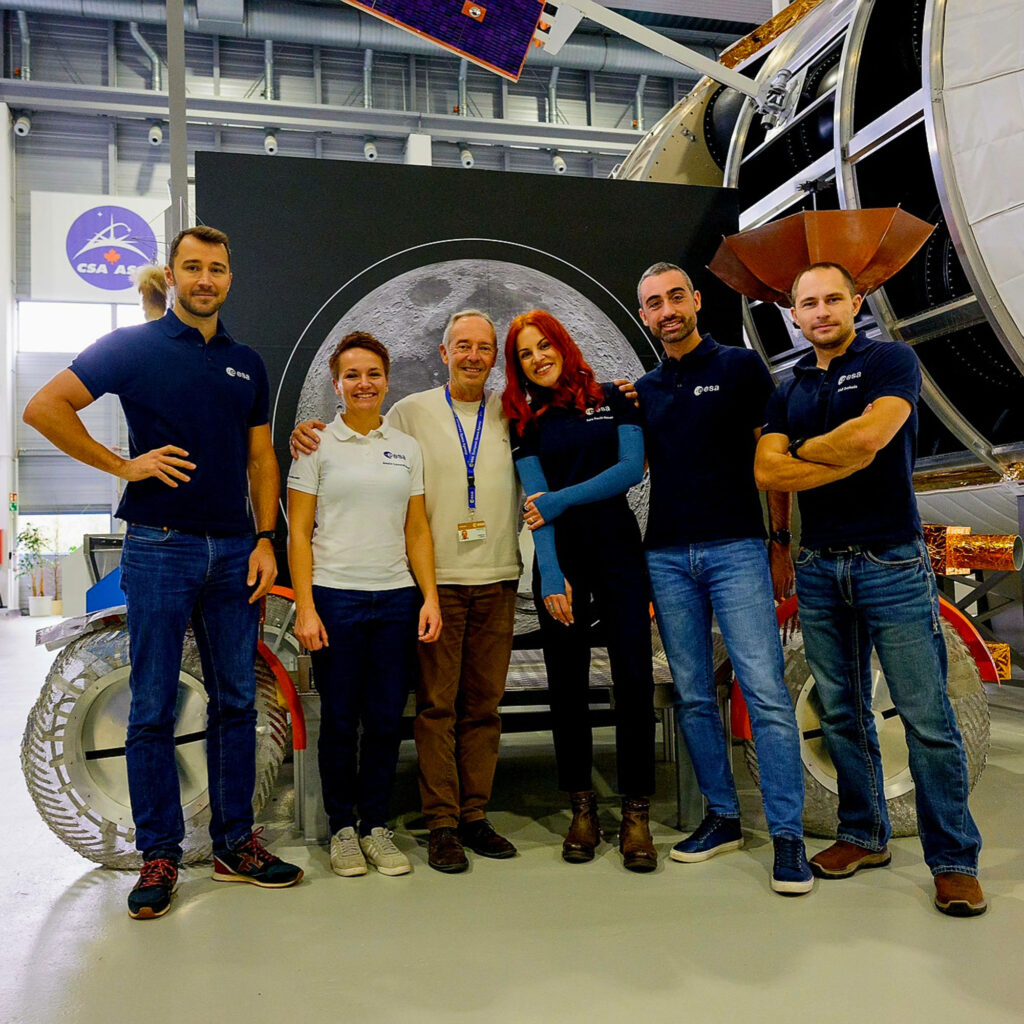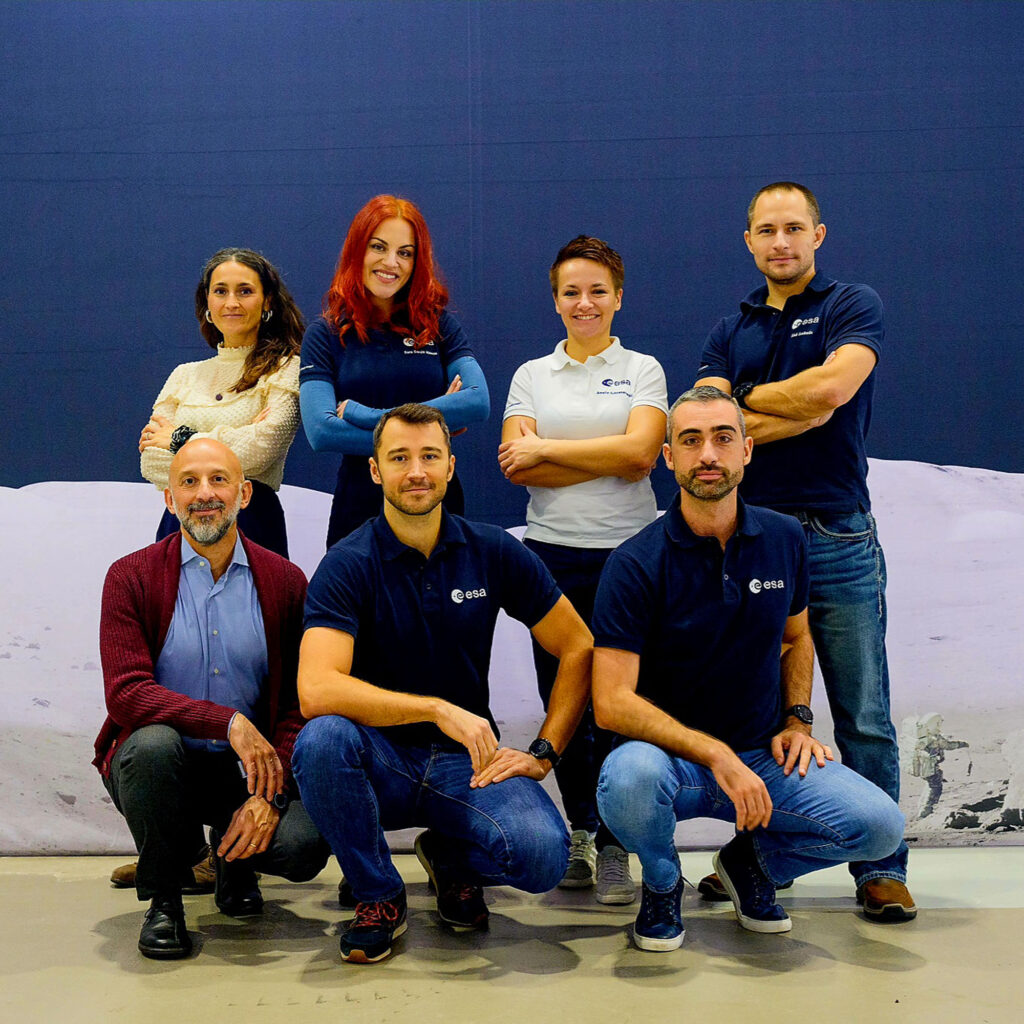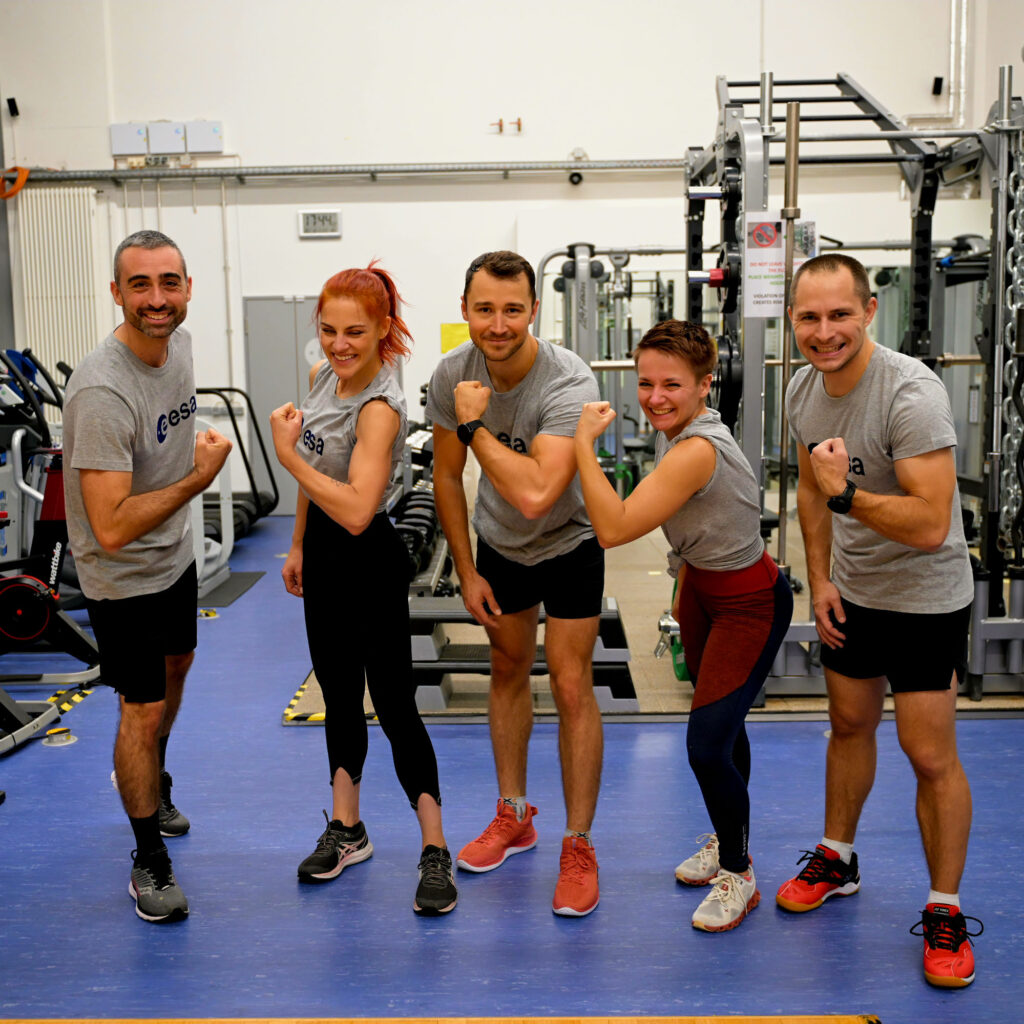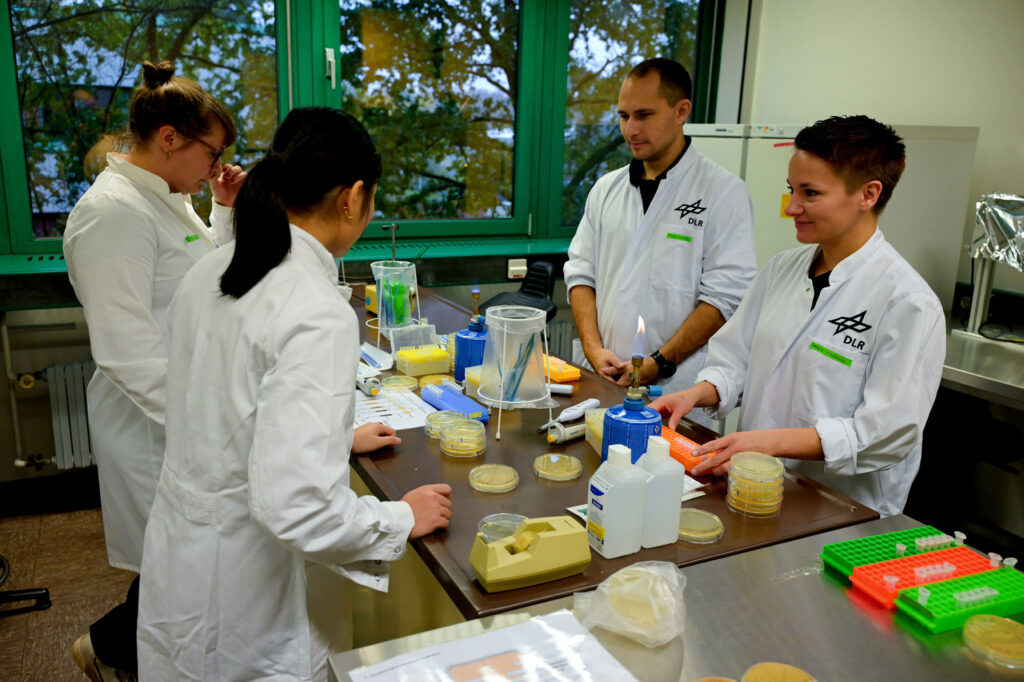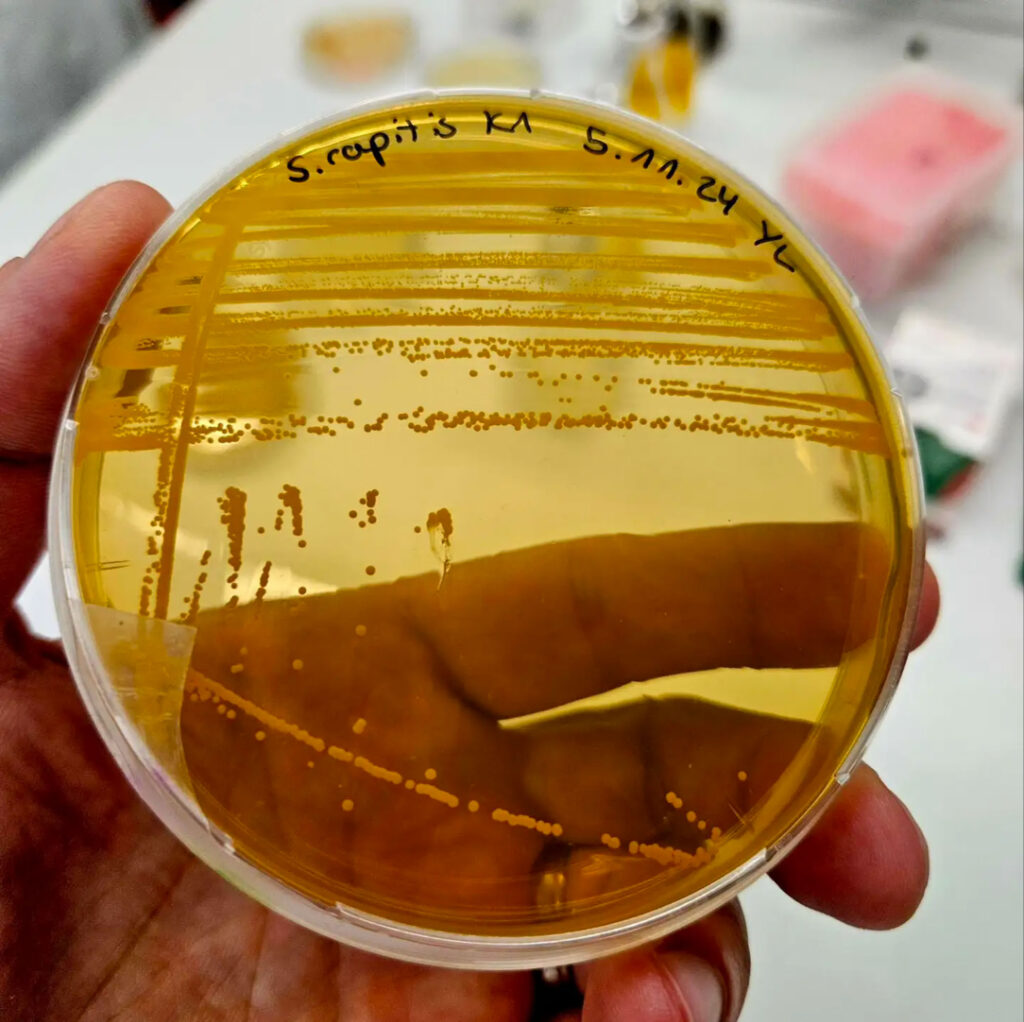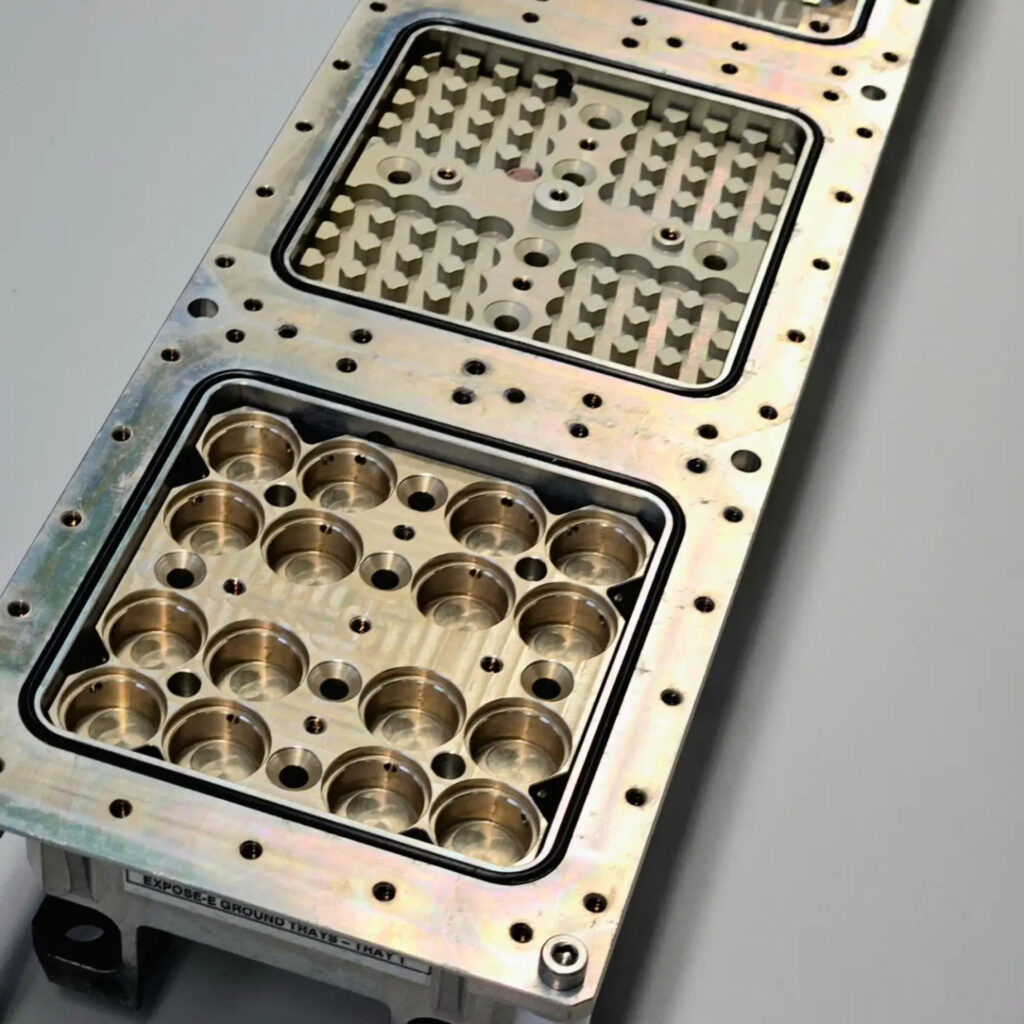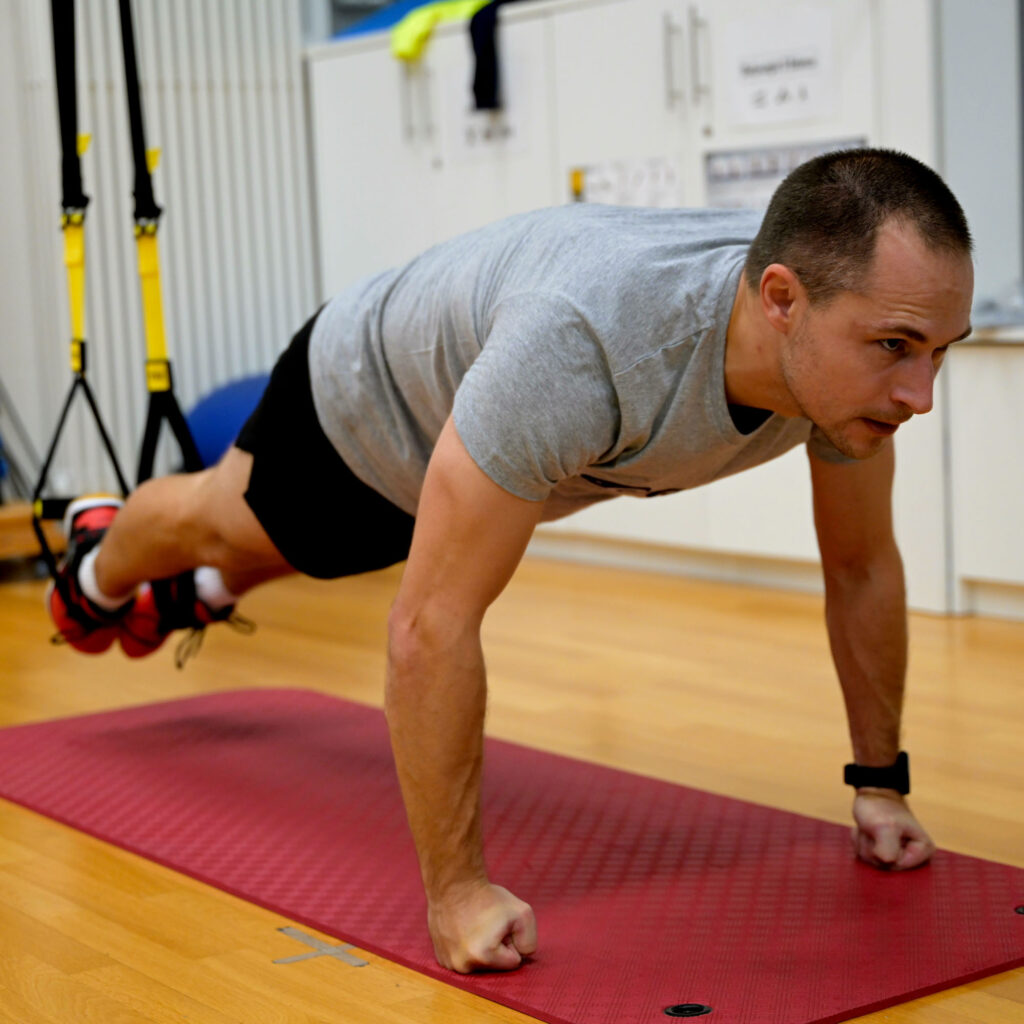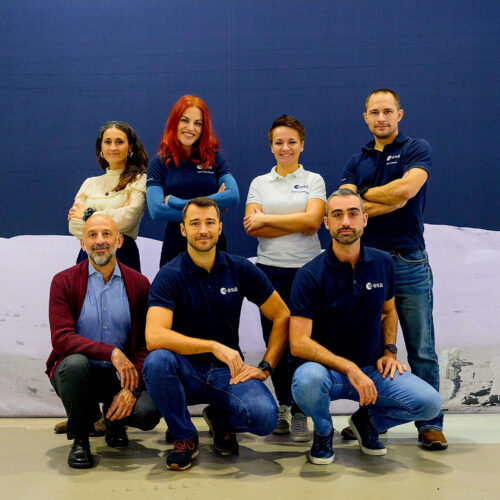
Astronaut Diary. Week 3 – Communication and problem solving
Monday 11 November
However, the beginning of the week started with biology again. This time with a practical exercise in the microbiology lab, focusing on microbiome collection, bacteria and fungi cultivation, microscopy and pipetting. This was followed by a theoretical lecture from a local physical training coach, on the topic of the human body’s adaptation to exercise and stress, both in the environment of Earth’s gravity and in microgravity during spaceflight. Lunch was followed by about two hours of PR activities and there was also two hours of circuit training in the gym.
Tuesday 12 November
Tuesday was already on the agenda for the aforementioned HBP. The training was conducted under the guidance of an experienced external team. Almost six hours of lectures and activities were mainly focused on a case study of an emergency situation that occurred during an ascent into free space (called EVA) on the ISS. The task was to analyse the whole course of the emergency situation, from what preceded it to its successful resolution, in terms of individual competences such as Situational Awareness, communication, teamwork, etc. It also included a one-hour video conference with Luca Parmitan, an ESA astronaut, who shared with us his experience in dealing with emergency situations. The day ended with an hour and a half of strength training.
Wednesday 13 November
The third day of the week continued with HBP training – another almost six hours of theory and exercises focused on the human factor, personality profile and the peculiarities of interaction between different types of people. For this, we had to fill in a questionnaire at home, from which an algorithm was used to build our personality profile of functioning in a team. It was interesting to see how well these profiles fit the individual people in our team of five, but also the techniques for adapting communication with a given person to make it effective. The human factors model and how people interact with the environment, hardware, operating procedures and other people was quite interesting. This was demonstrated through the example of the work of Formula One mechanics during a pit stop, where we analysed the evolution of the ‘pit stop’ from 1950 to the present day and identified key changes in organisation, technology, personnel selection, procedures and teamwork that have led to a huge reduction in pit stop time from over half a minute in the 1950s to the current incredible 1.8 seconds! It was very nice to meet former French astronaut and military pilot Jean-François Clervoy who came to greet us.
Towards the end of the day, half an hour was dedicated to PR and there was a physical exercise, the third one this week. This time Alex Gerst joined our circuit training and medicine ball exercise.
Thursday 14 November
On Thursday we continued HBP. The topic was cognitive skills, and how we are able to acquire new skills and adapt those already acquired to new environments – like microgravity. During a practical teamwork exercise, we played a computer game aimed at making communication more effective in an operational environment. In order to successfully complete the simulated task with a time limit, it was necessary for two parts of the team, which had a common task to perform but each had incomplete information and different roles in the game, to communicate effectively with each other, divide responsibilities for the different processes and set up procedures to avoid “task overload”. This was followed by the second video conference this week with Luca Parmitan, this time on the topic of “Leadership”.
At the end of the day, we had already been provided with tailored blue ESA jumpsuits and about an hour of shooting our new official portrait and group photos.
Friday 15th November
On the last day of the third week, we continued with theoretical lectures on “Leadership”, “Decision Making” and “Problem Solving”, including a short team game – one of those typical activities that some of you will know from various assessment centres or MBA courses. This was followed by a short meeting with EAC Chief and former astronaut and F-16 pilot, Frank De Winn. After lunch, the week concluded with a 90 minute final biology seminar.
